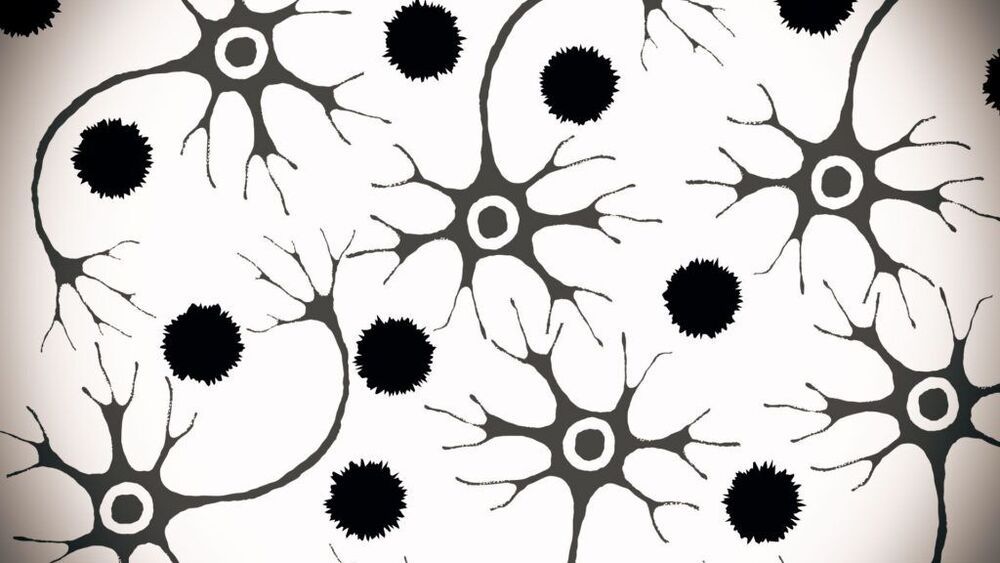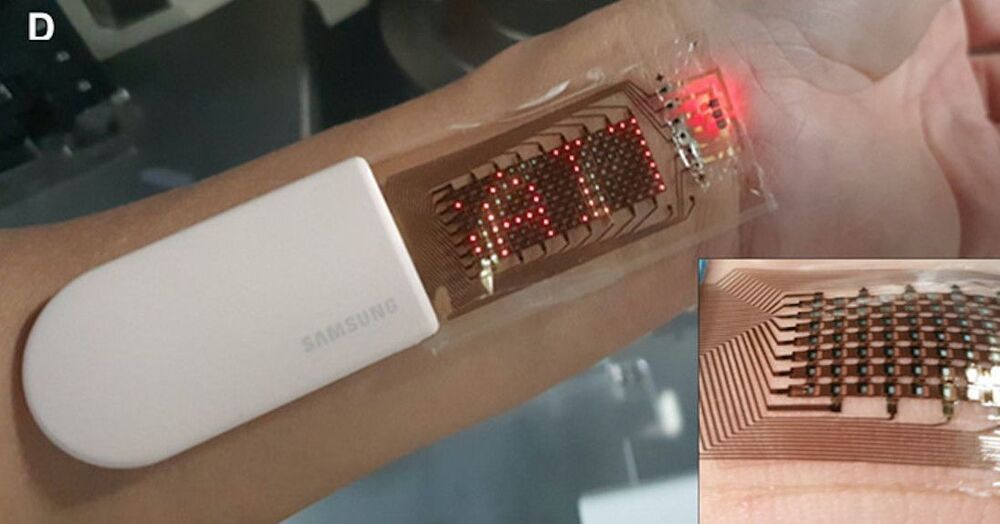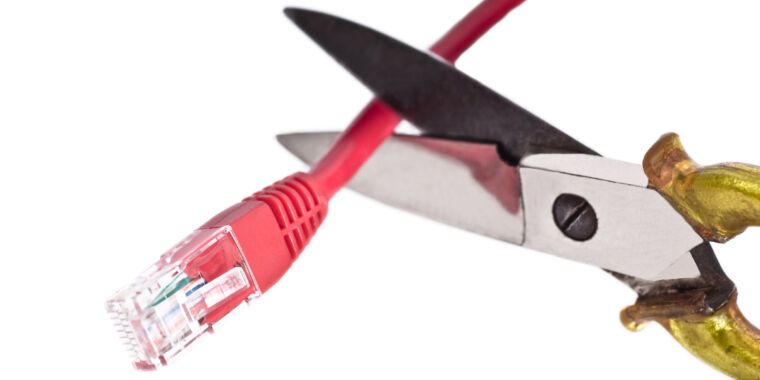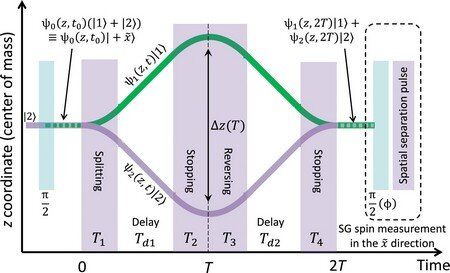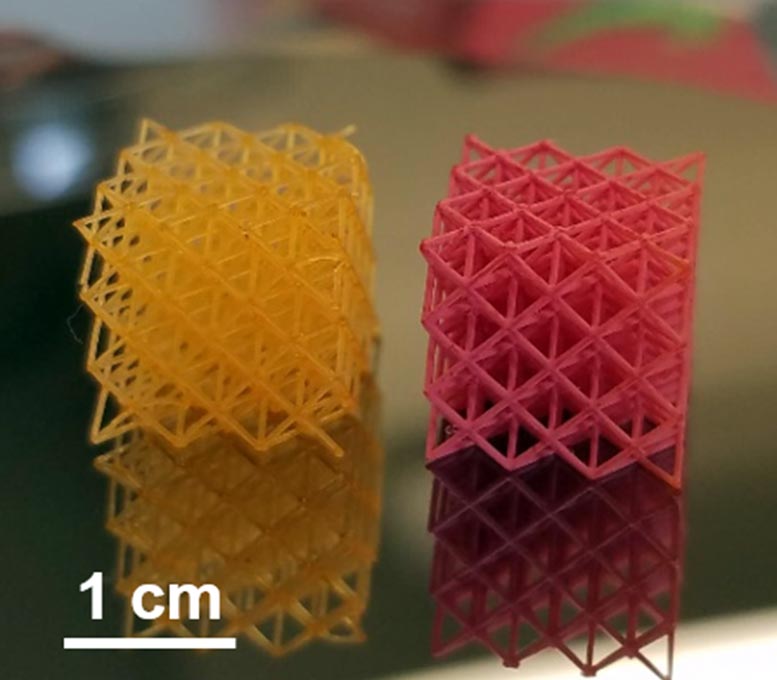The landmark decision has been eagerly awaited by millions but will be hotly contested by some experts doubt the drug’s effectiveness.
Forget flexible, get stretchable.
We’ve had curved displays for a while now, but what about stretchy ones? Samsung says it’s making progress building screens “that can be stretched in all directions like rubber bands,” and that the first applications for this material could be in building flexible health tech.
The company’s researchers recently created an OLED display that can be stretched by up to 30 percent while operating as normal. As a proof of concept, engineers integrated this display into a stretchable heart rate monitor that can be stuck onto the skin like a Band-Aid.
“The strength of this technology is that it allows you to measure your biometric data for a longer period without having to remove the solution when you sleep or exercise, since the patch feels like part of your skin,” Samsung’s Youngjun Yun said of the prototype technology in a press statement. “You can also check your biometric data right away on the screen without having to transfer it to an external device.”
The Science of Aliens, Part III: Have they overcome their savage past or might they want to eat us?
Reviewing our own species’ behavior suggests a cautious approach to contact with extraterrestrials.
Researchers at Okinawa Institute of Science and Technology Graduate University in Japan have recently been investigating situations in which two distinct Hamiltonians could be used to simulate the same physical phenomena. A Hamiltonian is a function or model used to describe a dynamic system, such as the motion of particles.
In a paper published in Physical Review Letters, the researchers introduced a framework that could prove useful for simulating the same physics with two distinct Hamiltonians. In addition, they provide an example of an analog simulation and show how one could build an alternative version of a digital quantum simulator.
“The idea came about when I was looking at the dynamical generation of entanglement in spin chains,” Karol Gietka, one of the researchers who carried out the study, told Phys.org. “I noticed that the behavior of entanglement as a function of time in a certain model very much resembles entanglement behavior in the paradigmatic one-axis twisting model. Initially, I thought that one could map one system onto another one, but it was not possible as the Hamiltonians of the two systems were very different, which really confused me.”
U.S. investigators have recovered millions of dollars in cryptocurrency that Colonial Pipeline paid hackers last month to end a ransomware attack on its systems.
Deputy Attorney General Lisa Monaco announced Monday afternoon that the Department of Justice “found and recaptured the majority of the ransom” paid to the DarkSide network, the group responsible for the attack.
Paul Abbate, the deputy director of the FBI, said the bureau successfully seized the ransom funds from a bitcoin wallet that DarkSide used to collect Colonial Pipeline’s payment.
Human chromosomes weigh about 20 times heavier than the DNA within them. So where’s all this extra mass coming from?
Amazon founder’s brother, Mark, and one other person will join Bezos onboard Blue Origin vessel on 20 July.
Physicists in Israel have created a quantum interferometer on an atom chip. This device can be used to explore the fundamentals of quantum theory by studying the interference pattern between two beams of atoms. University of Groningen physicist, Anupam Mazumdar, describes how the device could be adapted to use mesoscopic particles instead of atoms. This modification would allow for expanded applications. A description of the device, and theoretical considerations concerning its application by Mazumdar, were published on 28 May in the journal Science Advances.
The device, created by scientists from the Ben-Gurion University of the Negev, is a so-called Stern Gerlach interferometer, which was first proposed 100 years ago by German physicists Otto Stern and Walter Gerlach. Their original aim of creating an interferometer with freely propagating atoms exposed to gradients from macroscopic magnets has not been practically realized until now. “Such experiments have been done using photons, but never with atoms,” explains Anupam Mazumdar, Professor of Theoretical Physics at the University of Groningen and one of the co-authors of the article in Science Advances.
The Israeli scientists, led by Professor Ron Folman, created an interferometer on an atom chip, which can confine and/or manipulate atoms. A beam of rubidium atoms is levitated over the chip using magnets. Magnetic gradients are used to split the beam according to the spin values of the individual atoms. Spin is a magnetic moment that can have two values, either up or down. The spin-up and spin-down atoms are separated by a magnetic gradient. Subsequently, the two divergent beams are brought together again and recombined. The spin values are then measured, and an interference pattern is formed. Spin is a quantum phenomenon, and throughout this interferometer, the opposing spins are entangled. This makes the interferometer sensitive to other quantum phenomena.
Rutgers engineers have created a highly effective way to paint complex 3D-printed objects, such as lightweight frames for aircraft and biomedical stents, that could save manufacturers time and money and provide new opportunities to create “smart skins” for printed parts.
The findings are published in the journal ACS Applied Materials & Interfaces.
Conventional sprays and brushes can’t reach all nooks and crannies in complex 3D-printed objects, but the new technique coats any exposed surface and fosters rapid prototyping.
